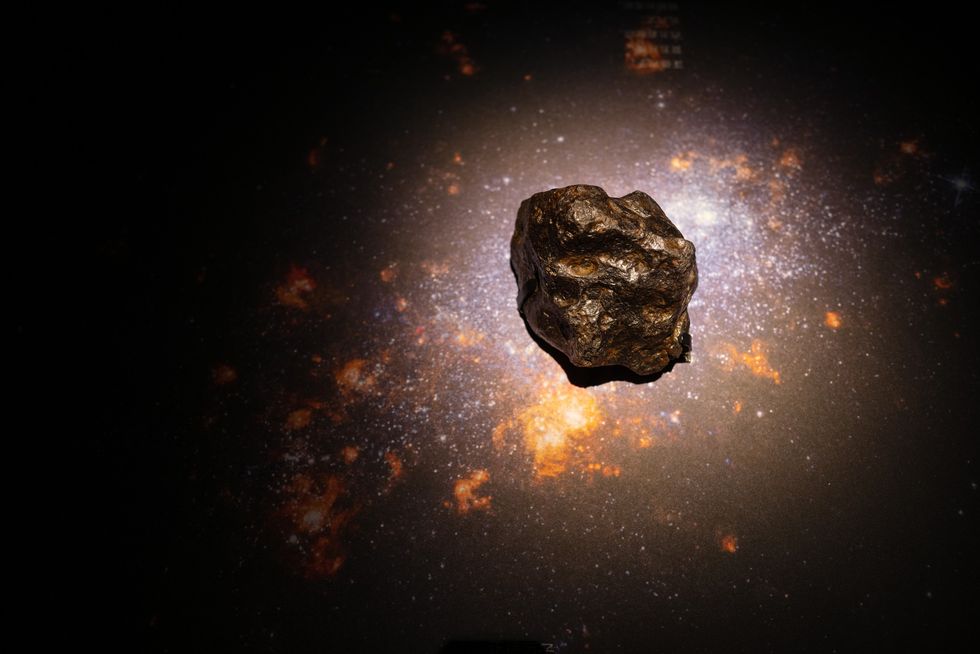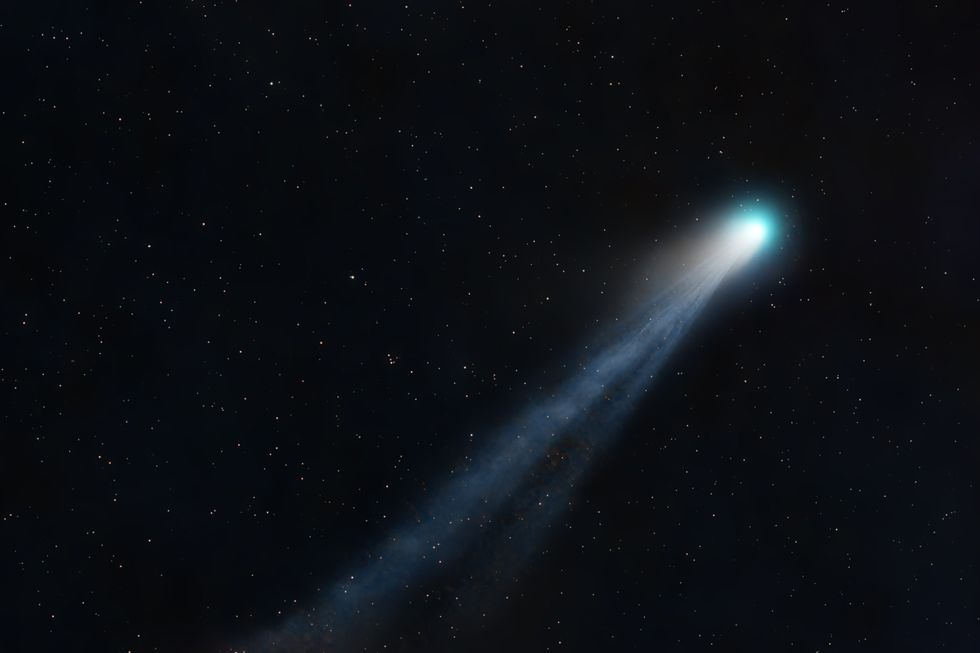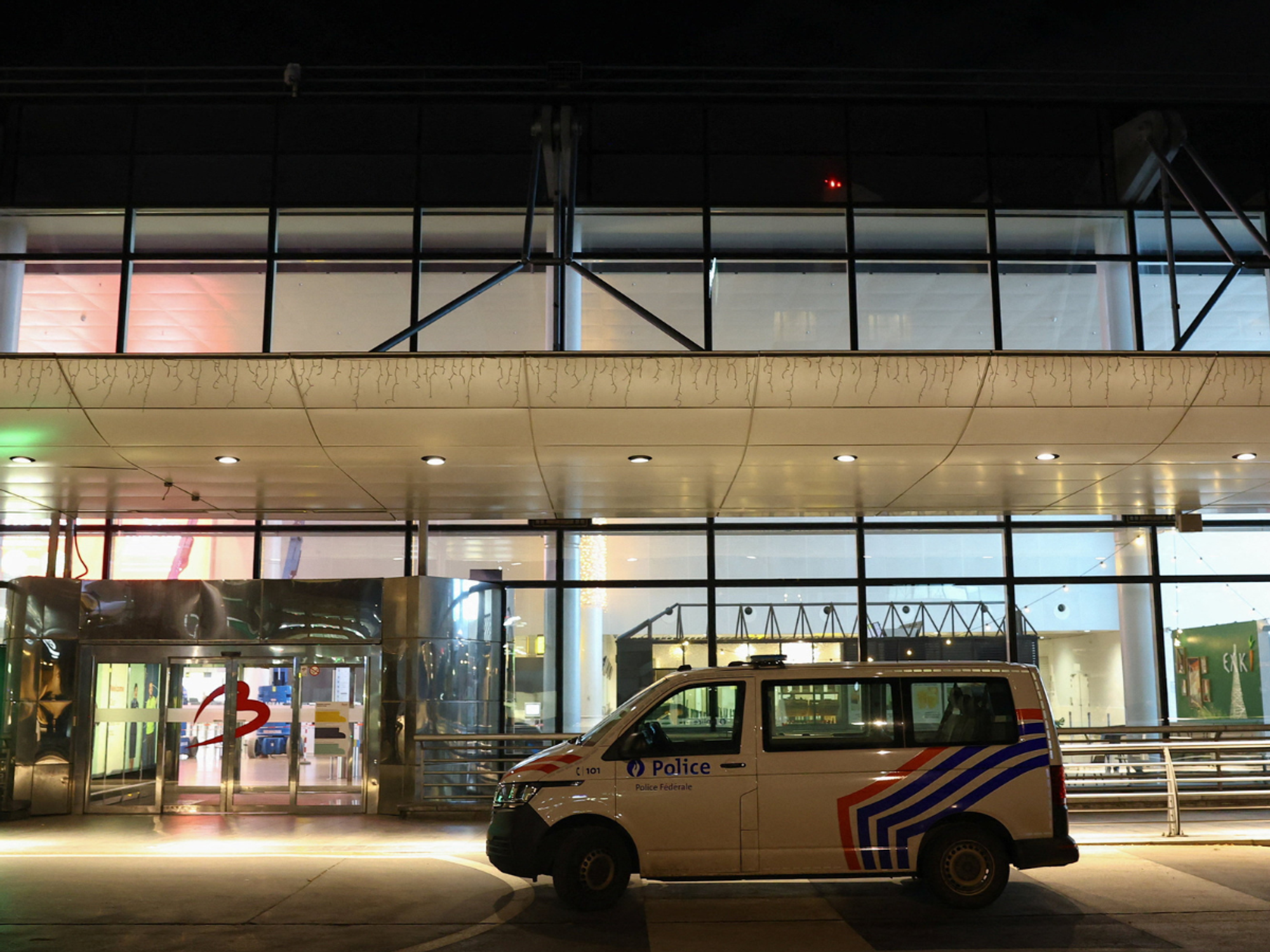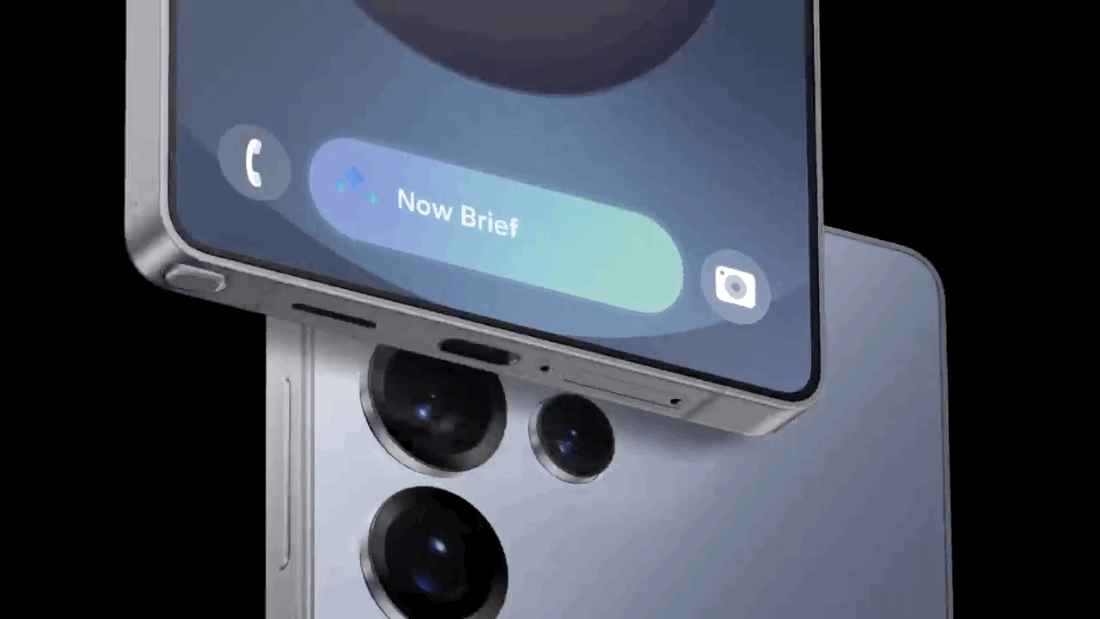Moon could hold treasure trove of precious metals worth £738BILLION

The concentration of these metals could match or exceed many terrestrial mines
Don't Miss
Most Read
Scientists have calculated that the moon could harbour precious metals worth an estimated £738billion, following billions of years of asteroid bombardment.
The lunar surface may contain up to 30 million kilograms of platinum group metals, according to new research that analysed the moon's crater-scarred terrain.
These valuable elements, which include platinum, palladium and iridium, are essential components in catalytic converters, electronics and green technology.
The metals were originally formed during violent collisions between neutron stars before becoming embedded in asteroids that later struck the moon.

Scientists have calculated that the moon could harbour precious metals worth an estimated £738billion
|Getty
Unlike Earth, the moon lacks an atmosphere to burn up incoming space rocks and has no geological processes to bury the deposits underground, meaning the precious cargo should remain accessible on the surface.
The study, which examined how many lunar craters were likely formed by asteroids containing platinum group metals (PGMs), was led by Jayanth Vyasanakere, who described their trillion-dollar estimate as "conservative."
Vyasanakere explained: "On cosmic timescales, over several generations of stellar birth and death, they get mixed with other elements and end up in planet-forming discs and then within planets and asteroids.
"Metallic asteroids have a significant fraction of iron, and the PGMs are found bound to it."
LATEST DEVELOPMENTS:

The lunar surface may contain up to 30 million kilograms of platinum group metals
|Getty
The concentration of these metals could match or exceed many terrestrial mines, with PGMs in asteroids typically present at 10 to 100 parts per million.
Current global production of these metals stands at approximately 600 tonnes annually, highlighting the potential significance of the lunar deposits, but extracting these metals would pose significant engineering challenges.
The moon's gravity is only one-sixth of Earth's, making traditional mining techniques that depend on weight and pressure difficult to implement.
The absence of water presents another obstacle, as most PGM refining processes require substantial amounts of liquid.

The moon lacks an atmosphere to burn up incoming space rocks
|Getty
Highlighting one advantage lunar mining would have over asteroid extraction, Vyasanakere noted: "The lack of gravity also makes it impossible for a spacecraft to 'land' on an asteroid."
The moon's proximity allows near real-time remote operation of machinery from Earth, avoiding the need for fully autonomous systems.
Vyasanakere suggested that early lunar mining operations might return "a few tonnes per year, which shouldn't affect prices much".
The study was published in the journal Planetary and Space Science by researchers from Harvard & Smithsonian Center for Astrophysics and the University of Birmingham.










